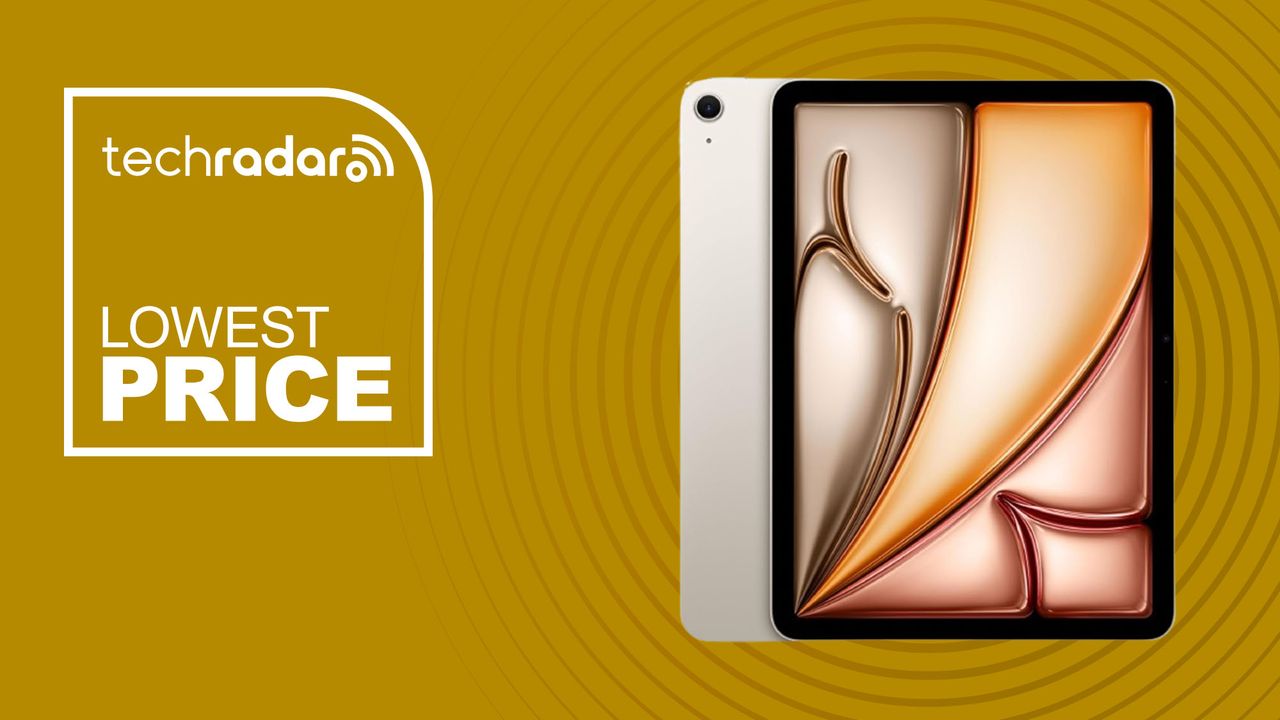What Happened: WhatsApp just quietly pushed out a major update to its Windows app, and let’s just say the reaction hasn’t been great.
- It has effectively replaced the fast, native app we were used to with a “web wrapper.”
- In plain English? The app on your desktop is now basically just the WhatsApp website running inside a window.
- While Meta warned users they would need to log back in, it didn’t exactly advertise that the whole engine under the hood was changing.
- Reports surfaced back in July that the Beta version was moving this way, and now it’s hitting everyone. Whether you are on the beta or the stable version, you are now essentially using a web browser dressed up as an app.
 Unsplash
Unsplash
Why Is This Important: To put it bluntly, this feels like a downgrade. The old app was built specifically for Windows, so it was snappy and light. This new one? Not so much.
- Early tests are showing that the new version eats up over 300MB of RAM just to start up.
- Compare that to the old version, which could handle hundreds of chats while using less than 100MB.
- Because it’s running like a web browser now, everything feels heavier. Switching between chats isn’t instant anymore; there’s lag, stutter, and a general sluggishness that wasn’t there before.
 Unsplash
Unsplash
Why Should I Care: If you keep WhatsApp open on your PC all day for work or chatting, you are going to feel the difference.
- The app feels choppy – sometimes looking like it’s running at a low frame rate.
- It also messes with how you multitask. The new layout doesn’t let you squish the window down to show only the active chat anymore, which is a huge pain if you like keeping WhatsApp as a thin strip on the side of your monitor.
- Basically, you’re getting a slower, hungrier app that doesn’t fit into your workflow as well as the old one did.
What’s Next: Meta hasn’t officially commented on the performance complaints, but the switch is likely about making things easier for it, not us.
- Maintaining one web-based code is cheaper than building a separate app for Windows.
- Since the app now mirrors the website, we might see new features arrive faster, but that only matters if Meta optimizes the performance.
- For now, Windows users are stuck waiting to see if the company tightens up the experience, or if this laggy web wrapper is the new normal.


